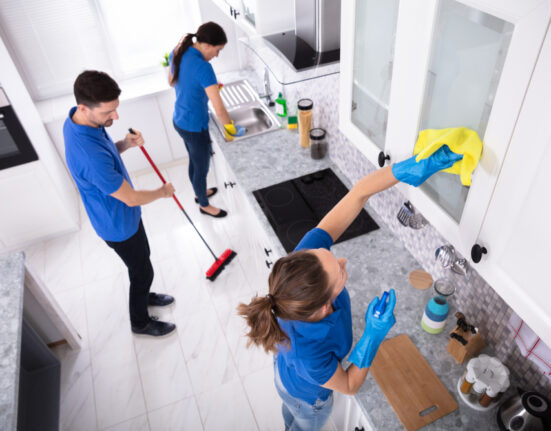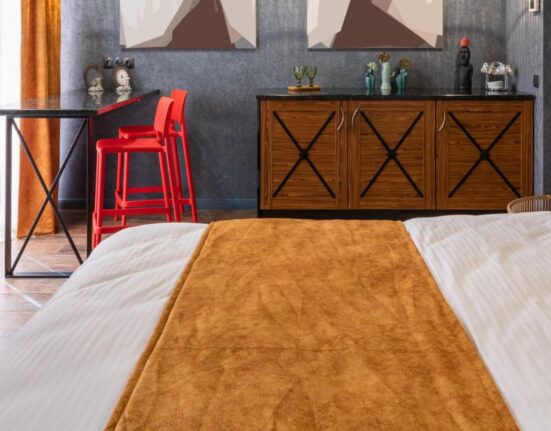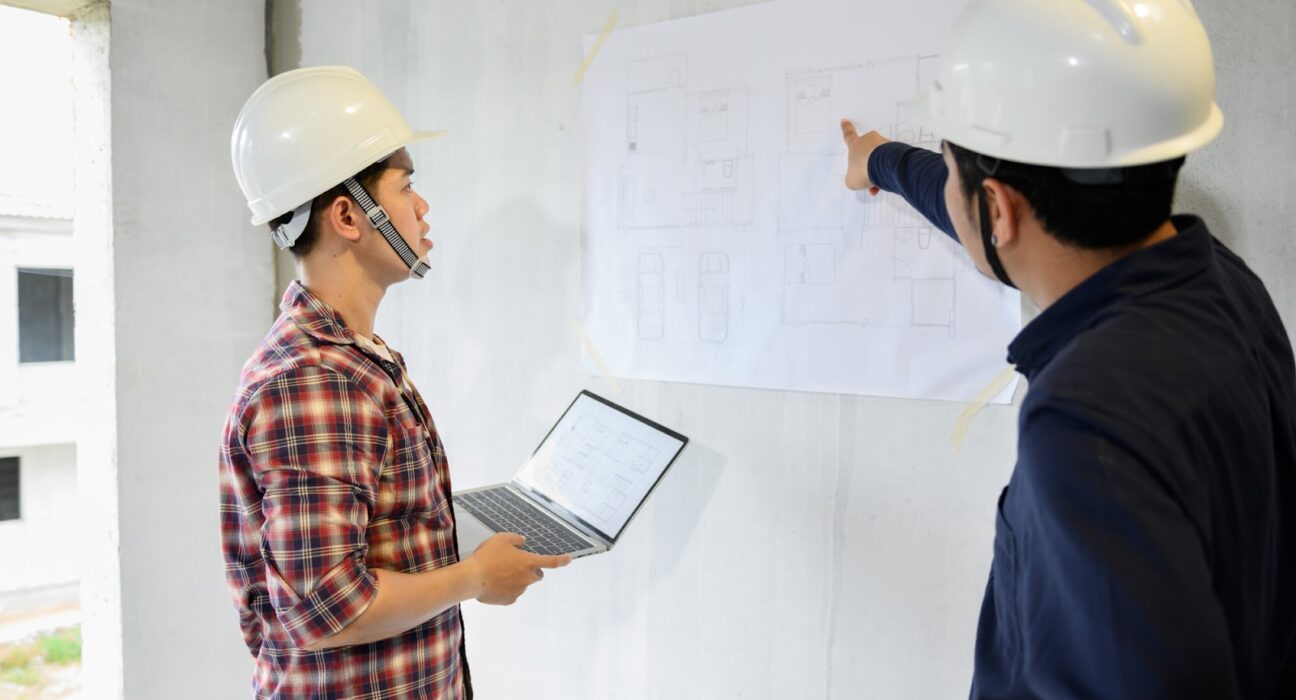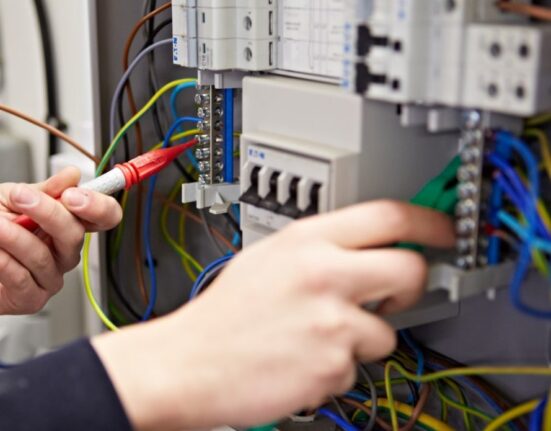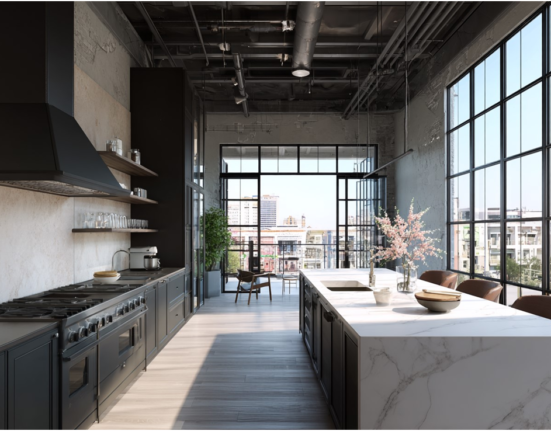If you’ve ever wondered about the signs of mold in an apartment, you’re not alone. Mold can grow quietly and out of sight, but it poses serious health risks and can damage your home. Recognizing the signs early can save you from costly repairs and health issues.
Here are the top six signs of mold in an apartment that you should never ignore.
1. Musty Odor
One of the first visual signs of mold in an apartment is a persistent musty smell. Mold often emits an earthy, damp odor that can become stronger over time. If you notice a smell that you can’t quite place, especially if it lingers despite cleaning, it might be mold.
This odor can be a telltale sign that mold is growing behind walls or under floors. If you detect such an odor, consider a mold inspection in Pine Hills to identify and address the problem.
2. Visible Mold Growth
The most obvious sign of mold is seeing it. Mold can appear as black, green, or white patches on walls, ceilings, or floors. It may look like specks, stains, or fuzzy spots.
Mold growth is often found in areas with high humidity, such as bathrooms or kitchens. If you spot any moldy patches, it’s crucial to address them immediately to prevent further spread.
3. Water Stains
Water stains on walls or ceilings are a significant indicator of potential mold growth. These stains often result from leaks or water damage, which can create an ideal environment for mold.
If you see water stains, investigate the source of the leak and repair it. Mold can start to grow within 24 to 48 hours of water exposure, so it’s essential to act quickly.
4. Warped or Discolored Walls and Ceilings
If you notice that your walls or ceilings are becoming discolored or warped, this might be a sign of mold. Warping can occur when moisture gets trapped behind surfaces, causing them to swell or buckle.
Discoloration, such as yellow or brown spots, can indicate water damage that may lead to mold growth. Pay attention to these changes and check for mold behind affected areas.
5. Persistent Allergic Reactions
Mold can trigger allergic reactions in many people. If you or your family members experience persistent symptoms such as sneezing, coughing, or itchy eyes, mold might be the cause.
These symptoms can become more severe when you are at home and improve when you leave. If you suspect that mold is affecting your health, consult with a healthcare provider and consider having a professional mold inspection to confirm the presence of mold.
6. High Humidity Levels
High humidity levels in your apartment can create a breeding ground for mold. If you notice condensation on windows, dampness on walls, or a general feeling of moisture in the air, mold might be growing somewhere in your home.
Using a dehumidifier and ensuring proper ventilation can help manage humidity levels, but if you suspect mold, it’s best to get a professional inspection.
Addressing Signs of Mold in Your Apartment
In conclusion, recognizing the signs of mold in an apartment is crucial for maintaining a healthy living environment. From musty odors and visible growth to water stains and persistent allergic reactions, being vigilant can help you catch mold issues early.
If you notice any of these signs, consider scheduling a mold inspection to address the problem before it worsens. Taking action promptly can prevent significant damage and safeguard your health.
And hey, if this article hits the spot, swing by our blog for more cool reads!


